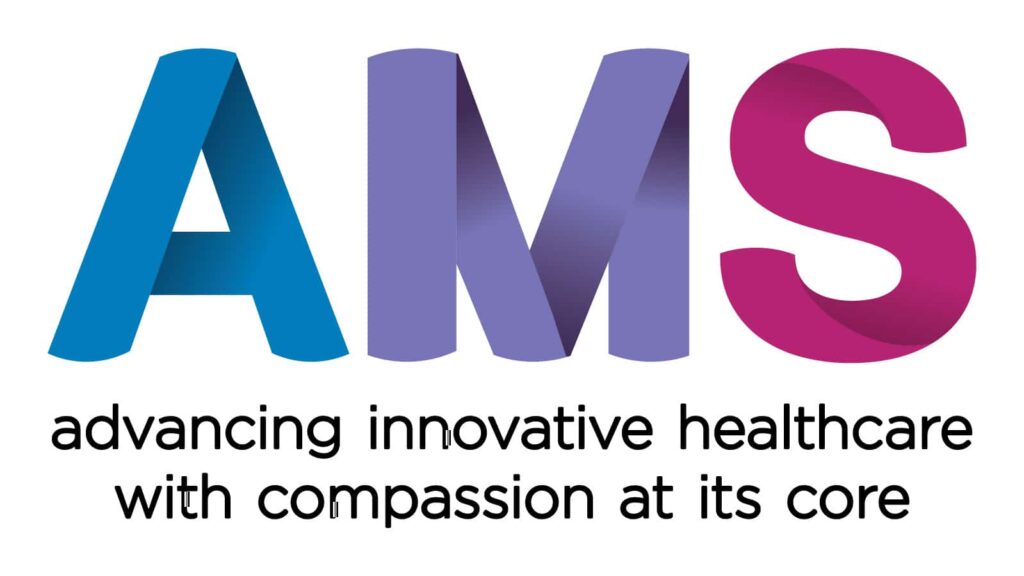APPLIED RESEARCH AT MOHAWK COLLEGE
Fresh Perspective on
Industry Problems
IMPOSSIBLE PROBLEMS DON'T EXIST

We have the research know-how, industry experience and tools you need to take your ideas from concept to reality.
Here's how IDEAWORKS can help your idea thrive.
As Mohawk College’s hub for applied research and innovation, IDEAWORKS acts as an extension of your team to overcome challenges and drive growth through applied research and creative problem-solving. From small-scale projects to multi-year collaborations, you’ll explore innovation and apply new perspectives. Plus, our industry experts can help you save time, avoid production pitfalls, and provide access to high-caliber equipment, software, and materials.
Customized Support
We bridge the gap between research and solutions. Our team delivers customized support, filling the space between your challenges and actionable solutions. With IDEAWORKS by your side, you can confidently innovate and grow your organization.
An Extension of Your Team
Your applied research project will be led by an industry professional or faculty expert with substantial experience in their field. Supported by technical staff and student research assistants, we’ll be your guides on your innovation journey.
Intellectual Property Ownership
At IDEAWORKS, you retain ownership of your intellectual property. We respect and safeguard your innovations, empowering you to protect and capitalize on your ideas. Discover more in our Commercialization of Intellectual Property Policy Statement.
Facilitated Collaboration
We act as a connector across multiple sectors, bringing together faculty, industry, SMEs, community, and next-generation talent such as our students and graduates, to develop and implement new ideas. This facilitates collaborations, fostering a dynamic environment where ideas flourish and partnerships thrive.
Specialized Expertise
Our strength lies in our people. We enhance your teams with specialized expertise drawn from Mohawk faculty, staff, and students. Their knowledge and skills are tailored to your specific needs, ensuring you receive the most relevant insights and solutions.
Cutting-Edge Infrastructure
With the support of federal and provincial funding partners such as Canada Foundation for Innovation, NSERC, and Ontario Centres of Innovation, we’ve invested millions of dollars into specialized, industry-leading equipment and state-of-the-art facilities. We provide you with the resources needed to conduct testing and trials, helping you de-risk the adoption of new technologies and innovations.
Funding Support
Want to maximize your return on investment? Partnering with IDEAWORKS can make your innovation dollars go further. We assist you in securing applied research grants, leveraging our extensive network and experience to help you access the financial resources needed to fuel your projects.

Ready to get started?
Connect with our team of industry experts to talk about your organization or project.
The proof is in the numbers
Discover our Dedicated Areas of Focus
As researchers, we are the deep thinkers with a practical bent. Using cutting-edge technology and applied research methods, we develop a unique approach for each challenge to make the seemingly impossible – possible.
Let's Innovate Together
Not sure where to start?
Our industry experts at IDEAWORKS are ready to help kick off your project and guide you through every step of the research and innovation process. Contact us today to book a meeting.
Case Studies
See What Our Passionate Team of Problem-Solvers Can Do
Discover the magic of IDEAWORKS: developing key insights for our partners and providing solutions that address challenges head-on.
Our Partners
We Acknowledge The Ongoing Support From Our Funders
Leading Global Innovation
Student
Involvement
Access the brightest minds of tomorrow
We take a team approach to research. For every applied research project, we create at least one student research assistant position. Mohawk College students bring energy and exciting ideas to the table and are supervised by our team of experts. This balance is why so many organizations find applied research so effective.
Highlights/News
See what’s new and behind the scenes at IDEAWORKS
Connect with IDEAWORKS
Not sure where to start?
The first part is easy. Start a conversation with the experts at IDEAWORKS.






















